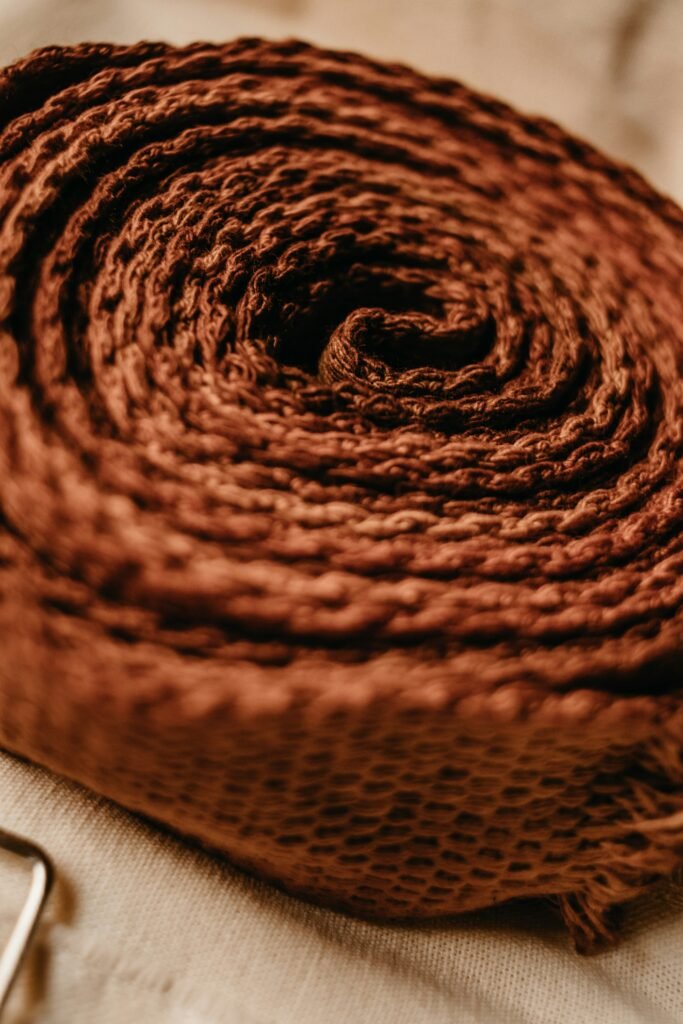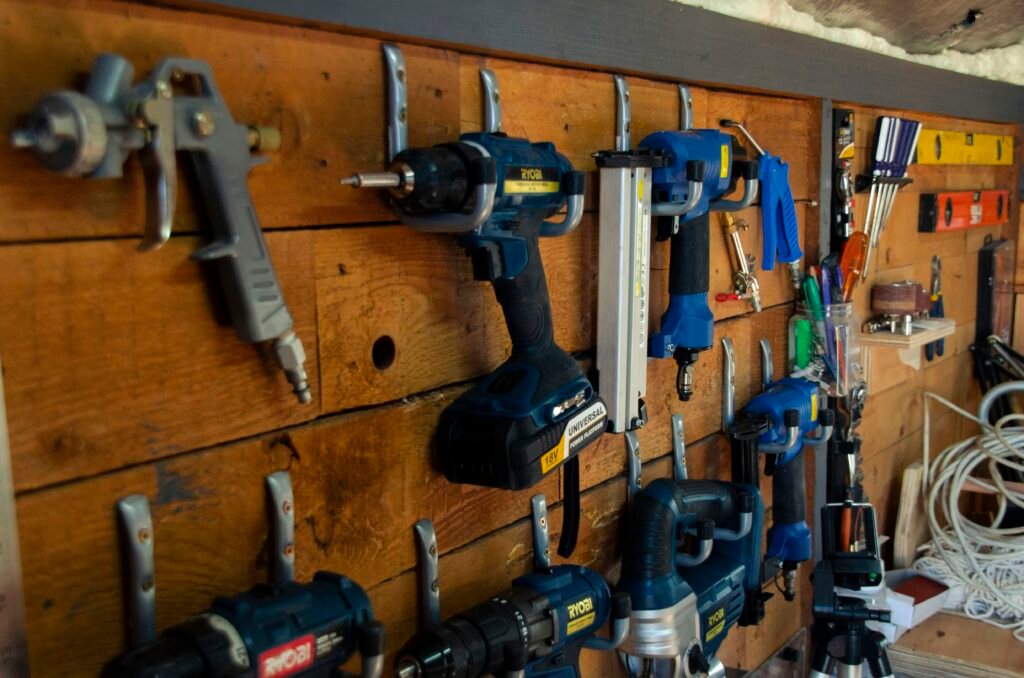Immerse yourself in a world where the rich heritage of traditional craftsmanship seamlessly merges with the sleek elegance of modern style. In this captivating article, you will discover the enchanting fusion of these two realms, witnessing firsthand how traditional techniques are reimagined to create contemporary masterpieces. With an array of exceptional artisans, innovative designs, and captivating stories, prepare to be captivated by the harmonious blend of tradition and modernity.

This image is property of images.unsplash.com.
Exploring the Concept of Harmonizing Traditional Craftsmanship with Modern Style
Craftsmanship has always been an integral part of human culture, as people have sought to create functional and beautiful objects using their hands and a wide range of skills. Traditional craftsmanship represents a deep-rooted heritage that spans generations, reflecting the culture, history, and values of a particular community or region. On the other hand, modern style emphasizes sleekness, simplicity, and innovation, pushing the boundaries of design and aesthetics. The concept of harmonizing traditional craftsmanship with modern style is an intriguing and inspiring journey that combines the best of both worlds, resulting in unique and captivating creations.
Understanding Traditional Craftsmanship
Traditional craftsmanship encompasses a myriad of art forms and disciplines, from woodworking to ceramics, from textile weaving to metalworking. Each craft has its own unique history, techniques, and aesthetics, passed down from one generation to the next. Traditional craftsmen possess invaluable knowledge and skills, honed through years of practice and dedication. Their creations often tell stories of cultural heritage and embody the essence of their communities.
Defining Modern Style
Modern style, often associated with the contemporary era, is characterized by simplicity, minimalism, and functionality. It emerged as a response to the rapid industrialization and the changing societal landscape. Clean lines, geometric shapes, and an emphasis on form over ornamentation are the hallmarks of modern design. Innovations in materials and production techniques have allowed designers to experiment and invent new possibilities, pushing the boundaries of aesthetics.
Importance of Harmonizing Traditional Craftsmanship with Modern Style
Harmonizing traditional craftsmanship with modern style is vital in preserving the rich cultural heritage and artisanal skills while adapting to the ever-changing demands and aesthetics of the modern world. It allows for the creation of objects that blend the timeless beauty of traditional craftsmanship with the functionality and innovation of modern design. This fusion not only revitalizes traditional crafts but also introduces them to a broader market, appealing to those who appreciate the uniqueness and authenticity of handmade objects.
Elements of Traditional Craftsmanship
Artistic Techniques and Skills
Traditional craftsmen are masters of their trades, often possessing a wide range of artistic techniques and skills that have been passed down through generations. These skills include hand-carving, hand-weaving, and intricate painting techniques, among others. These techniques require patience, attention to detail, and a deep understanding of the materials used. The artistry behind traditional craftsmanship adds a layer of richness and uniqueness to the objects created.
Use of Natural Materials
Another key element of traditional craftsmanship is the use of natural materials sourced from the local environment. Wood, stone, clay, and natural fibers are commonly employed in traditional crafts, connecting the objects to the earth and the culture they originate from. The use of natural materials not only lends authenticity to the creations but also promotes sustainability and a closer relationship with nature.
Attention to Detail
One of the defining characteristics of traditional craftsmanship is the meticulous attention to detail. Every aspect of the creation, from the smallest element to the overall composition, is carefully considered and executed with precision. This level of detail adds a sense of craftsmanship and quality to the objects, ensuring that they stand the test of time and are appreciated for their intricacy and beauty.

This image is property of images.unsplash.com.
Characteristics of Modern Style
Simplicity and Minimalism
Modern style embraces simplicity and minimalism, stripping away unnecessary embellishments and focusing on essential elements. Clean lines, uncluttered spaces, and a sense of functionality are central to modern design. This simplicity allows the objects to stand on their own, showcasing their form and purpose.
Clean Lines and Geometric Shapes
Clean lines and geometric shapes are synonymous with modern style. These design elements create a sense of order and structure, emphasizing the object’s form and adding visual interest. Well-defined lines and precise shapes can transform a traditional craft into a modern masterpiece that bridges the gap between the old and the new.
Use of Industrial and Innovative Materials
Modern design utilizes industrial and innovative materials that were not traditionally available. From glass and metal to acrylic and composite materials, modern craftsmen have a vast array of options to create unique and unexpected combinations. These materials introduce a contemporary twist to traditional crafts, pushing the boundaries of design and allowing for innovative and intriguing creations.
Balancing the Old and the New
Preserving Traditional Craftsmanship
Preserving traditional craftsmanship is crucial in maintaining cultural heritage and the knowledge and skills passed down through generations. Traditional crafts have a unique place in history and serve as a reminder of the traditions and values of a community or region. By supporting traditional craftsmen and providing opportunities for their work to flourish, we ensure that these crafts continue to be practiced and cherished for years to come.
Incorporating Modern Elements
Incorporating modern elements into traditional crafts can be a delicate process that requires a deep understanding of both the original craft and the principles of modern design. By introducing modern materials, colors, and forms, craftsmen can breathe new life into traditional crafts, making them relevant and appealing to contemporary audiences. Careful consideration is necessary to strike the right balance between the traditional and the modern.
Maintaining Authenticity
While embracing modern style, it is essential to preserve the authenticity of traditional craftsmanship. The unique cultural and historical significance of traditional crafts should not be overshadowed or diluted in the pursuit of modernization. Striking a balance between innovation and maintaining the essence of the craft is key to harmonizing traditional craftsmanship with modern style.

This image is property of images.unsplash.com.
Examples of Harmonizing Traditional Craftsmanship with Modern Style
Contemporary Furniture Design
Contemporary furniture design often exemplifies the fusion of traditional craftsmanship with modern style. Artisans and designers create furniture that combines traditional joinery techniques with clean and sleek lines. The use of natural materials, such as solid wood or hand-woven textiles, is often paired with innovative structures and forms, resulting in stunning and functional pieces that bridge the gap between tradition and modern living.
Fashion and Textile Design
In the realm of fashion and textile design, traditional craftsmanship can be seen in the intricate hand embroidery, weaving, and dyeing techniques. Designers and artisans bring these traditional skills into modern styles by incorporating them into contemporary clothing and textile accessories. The combination of ancient techniques and modern cuts or patterns creates unique and eye-catching pieces that reflect a harmonious blend of the old and the new.
Interior and Architectural Design
In interior and architectural design, traditional crafts can be seamlessly integrated into modern spaces. Traditional materials, such as exposed brick or hand-painted tiles, can be combined with minimalist furniture and contemporary lighting to create a harmonious and balanced environment. These designs pay homage to the cultural heritage of a place while embracing the functionality and aesthetics of the present.
Benefits of Harmonizing Traditional Craftsmanship with Modern Style
Revitalizing Traditional Crafts
Harmonizing traditional craftsmanship with modern style can breathe new life into traditional crafts that may be at risk of fading away. By bringing in elements of the contemporary world, traditional crafts become more relevant and appealing to younger generations who are drawn to unique and meaningful objects. This revitalization ensures the preservation of cultural heritage and the continuation of traditional crafts.
Creating Unique and Timeless Pieces
The fusion of traditional craftsmanship and modern style results in one-of-a-kind creations that are both timeless and contemporary. The combination of ancient techniques with innovative design elements produces objects that carry the weight of history while remaining relevant in the present and the future. These pieces become heirlooms, cherished for their craftsmanship and evocative beauty.
Appealing to a Broader Market
Harmonizing traditional craftsmanship with modern style opens up new markets and audiences for traditional crafts. The fusion of the old and the new creates objects that appeal to a wide range of individuals, from those seeking a connection to heritage to those captivated by modern aesthetics. This expansion in market potential not only provides economic opportunities for artisans but also increases the appreciation and recognition of traditional crafts.
Challenges and Potential Pitfalls
Finding Skilled Traditional Craftsmen
One of the challenges in harmonizing traditional craftsmanship with modern style is finding skilled craftsmen who possess the necessary expertise in both traditional techniques and modern design principles. It requires a delicate balance of knowledge, experience, and adaptability. Collaborations between craftsmen and designers can help bridge this gap and create successful fusions of traditional and modern styles.
Balancing Tradition with Market Trends
Another potential pitfall is the delicate balance between tradition and market trends. While it is essential to adapt to the demands and tastes of contemporary consumers, it is equally important to preserve the authenticity of traditional crafts. Striking the right balance between meeting market trends and staying true to the essence of the craft requires careful thought and consideration.
Avoiding Cultural Appropriation
The harmonization of traditional craftsmanship with modern style must be approached with sensitivity and respect for cultural heritage. It is crucial to avoid cultural appropriation, in which elements of a culture are taken without permission or understanding. Collaborating with artisans from the source culture, seeking proper consent and acknowledging the origins of their work are essential steps in avoiding cultural appropriation and promoting cultural exchange.
Promoting and Supporting the Fusion
Educating and Promoting Awareness
Promoting and supporting the fusion of traditional craftsmanship with modern style begins with educating the public about the value and significance of traditional crafts. Raising awareness about the craftsmanship involved and bridging the gap between traditional and contemporary design can generate a deeper appreciation and demand for these unique creations.
Collaborating with Traditional Craftsmen
Collaboration between traditional craftsmen and modern designers is essential in successfully harmonizing traditional craftsmanship with modern style. Mutual respect, open communication, and a willingness to learn from each other’s expertise are key to creating harmonious and innovative designs that honor the tradition while embracing the possibilities of modern aesthetics.
Supporting Local Artisans and Craft Communities
Supporting local artisans and craft communities is crucial in preserving traditional craftsmanship. Governments, organizations, and individuals can play a role in providing platforms, resources, and financial support to help traditional craftsmen adapt their skills to modern demands. By investing in these communities, we not only promote the fusion of traditional craftsmanship with modern style but also contribute to sustainable economic development.
Conclusion
The concept of harmonizing traditional craftsmanship with modern style offers a world of possibilities for creating unique, meaningful, and captivating objects. By blending ancient techniques and skills with contemporary design principles, craftsmen and designers can bridge the gap between tradition and modern living. This fusion not only revitalizes traditional crafts but also creates objects that appeal to a broader market. When approached with respect, sensitivity, and a commitment to authenticity, the harmonization of traditional craftsmanship with modern style becomes a powerful force in promoting cultural heritage, fostering innovation, and creating objects that stand the test of time. So, embrace the beauty of tradition and the allure of modernity, and let the fusion inspire your creative journey.
